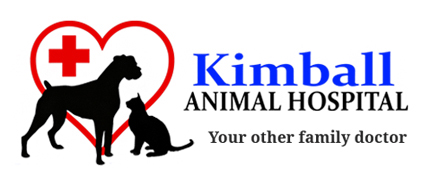Library
-
Dental disease is one of the most common medical conditions seen by veterinarians. The most common dental problems seen in cats are gingivitis, periodontal, and tooth resorption. Periodontal disease is a term used to describe infection and associated inflammation of the periodontium and begins with gingivitis. Some cats develop severe oral inflammation called stomatitis. It is believed that cats who develop stomatitis have an extreme reaction to their own oral bacteria and plaque. The best way to prevent tartar build-up is through daily tooth brushing using a pet toothpaste.
-
Dental pain may take on a variety of appearances, but often, a cat will not show any outward signs of pain. The only effective treatment for dental pain is to address the cat's underlying dental disease. The best way to prevent dental pain is to ensure that your cat receives regular dental care through a home dental care plan and regular veterinary dental care.
-
Dental pain may take on a variety of appearances, but often, a dog will not show any outward signs of pain. The only effective treatment for dental pain is to address the dog's underlying dental disease. The best way to prevent dental pain is to ensure that your dog receives regular dental care through a home dental care plan and regular veterinary dental care.
-
Cats are not completely color blind, as they can see yellow and blue, as well as shades of gray. Their eye structure allows them to see better in dim light compared to people. Near-sightedness is common among cats.
-
Dogs are not completely color blind, as they can see yellow and blue, as well as shades of gray. Their eye structure allows them to see better in dim light compared to people. Near-sightedness is common among dogs.
-
Dobies can be great family pets and most have been bred to live happily in the human environment. These large beauties are fiercely loyal, inspiring to look at, and endearing once you get to know them. They will protect you and stand by you in any situation.
-
Ear and body handling are essential skills for every dog. Teaching trust and comfort for ear handling is best done before an infection occurs. Training for ear handling should be done when the ears are not painful. Using sedation and anesthesia is always a good idea for painful ears.
-
Most male animals (stallions, bulls, boars, rams, dogs, and tomcats) that are kept for companionship, work, or food production are neutered (castrated) unless they are intended to be used as breeding stock. Since castration will influence a dog's behavior, every dog owner should consult with their veterinarian about the health impacts of castration for their individual dog.
-
Even though dogs are a social species, some dogs exhibit aggression toward dogs outside their immediate social circle. There are many possible reasons for the behavior, and an accurate assessment is essential. A medical exam is important to check for underlying pain or illness. Treatment can be effective once the causes for the behavior have been determined.
-
There are numerous reasons that a dog might soil the house with urine and/or stools. Determining the specific reason is essential for developing a treatment program. Dogs that soil the home continuously or intermittently from the time they were first obtained may not have been properly house-trained.

